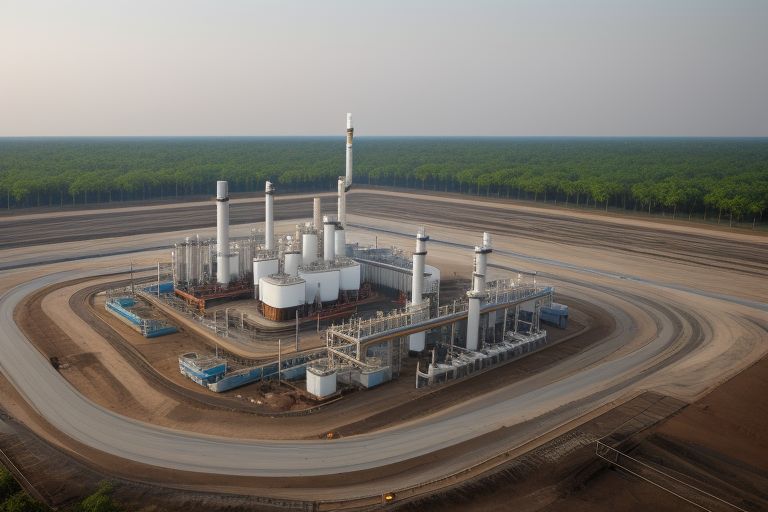
India’s Largest Phenol Plant to be Built by Haldia Petrochemicals
Haldia Petrochemicals Ltd (HPL) has made a giant leap in enhancing India’s petrochemical armoury with the recent groundbreaking ceremony of the largest phenol plant in Haldia, West Bengal.
The Rs 3,000 crore project which began with the piling work is expected to change the dynamics of the domestic phenolics market upon its completion expected in the first quarter of 2026. This challenging endeavor can be considered as a turning point for HPL since it can become the first and only Indian company to enter each level of the phenolics value chain.
The new facility will have a production capability of 300 kilo tonnes per annum (KTPA) of phenol and 185 KTPA of acetone. This large output is expected to add greatly to HPL’s chemical business mix further estimations suggest that the plant’s addition will add another Rs 5,000 crore to its chemical business. Extent of the project and the technological advancement involved in the project also establish the fact that India is gradually becoming a significant player in the international petrochemical market.
Another interesting feature of this project is the use of Olefin Conversion Technology (OCT) from Lummus Technology, which makes this the first on-purpose propylene plant in India based on this technology. This technological advantage is expected to increase the capacity and competitiveness of HPL in the global market, which may lead to increase in investment and cooperation in the industry.
The laying of the foundation was performed with the participation of top managers of HPL, which indicates the company’s interest in this innovative project. The event is not just a major industrial development in West Bengal but it is in sync with India’s macroeconomic objectives of decreasing import crutches and enhancing the manufacturing edge in strategic sectors.
The government of India has recognized the petrochemical industry as one of the growth areas and has started measures that are intended at increasing the production capacity as well as the technological level of the country. The HPL project is a clear example of the manner in which private sector funding is supporting this national agenda, which may result in the generation of many employment openings and economic development in the region.
Concerns such as the environment have also been incorporated in the planning of the project since HPL has deemed it fit to follow sustainable environment standards and policies. This approach is important bearing in mind the current global emphasis on environmental conservation especially when it comes to the industrial processes especially the chemical industry.
While the project is being implemented, specialists of the sector are closely observing its further development as it may influence the national and global petrochemical demand. The positive outcome of this plant’s construction and functioning can be used as a reference for future large-scale petrochemical projects in India and may encourage more international participants to enter the rapidly developing chemical market of the country.
The Haldia phenol plant project is one of the most important projects in the Indian industrial development that has contributed to the country’s growth of becoming self sufficient in some of the most important industrial sectors.
Its success could lead to further innovations and investments on the petrochemical sector that would aid India’s plan of becoming the manufacturing hub of the world. Once the construction starts, everyone will look at Haldia, fascinated to see how this project will come into being and get ready to step into the international market of petrochemicals.